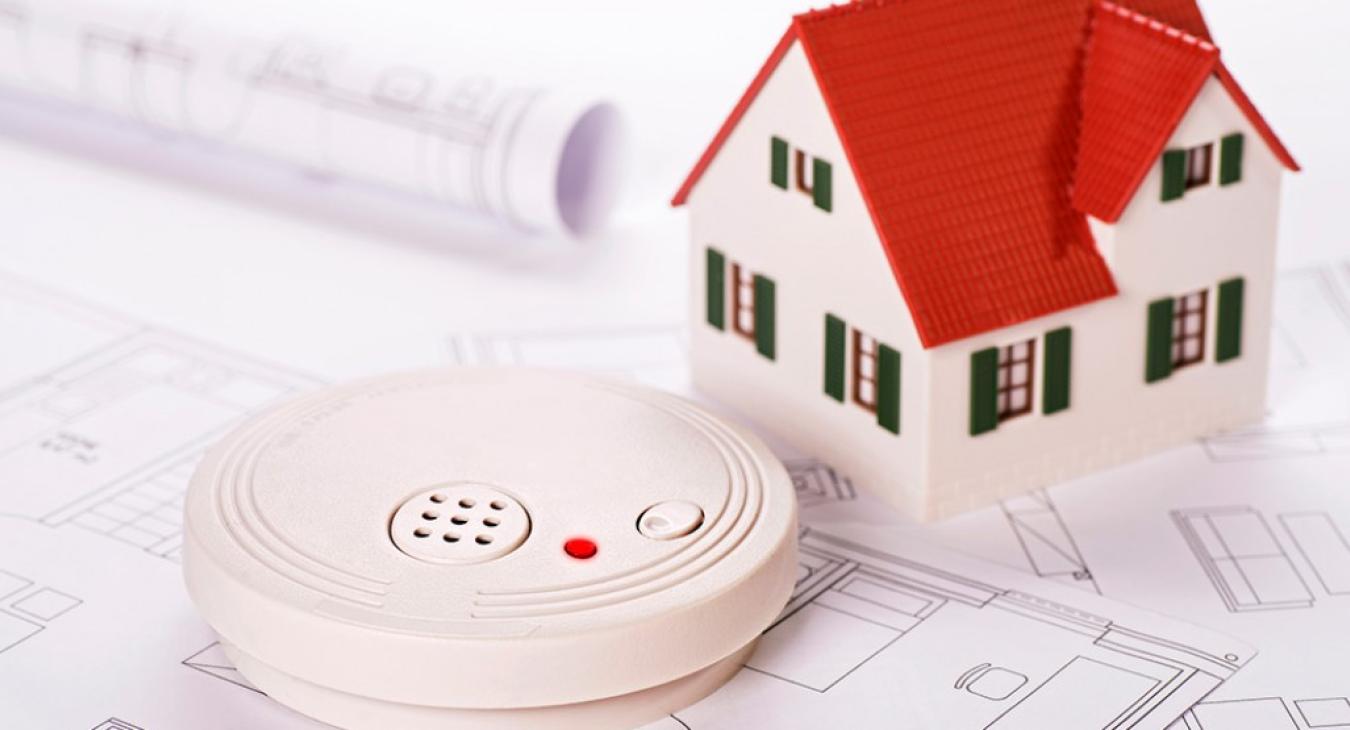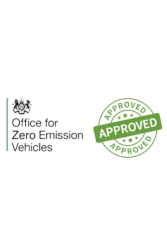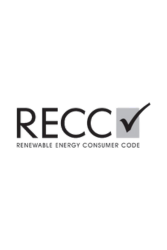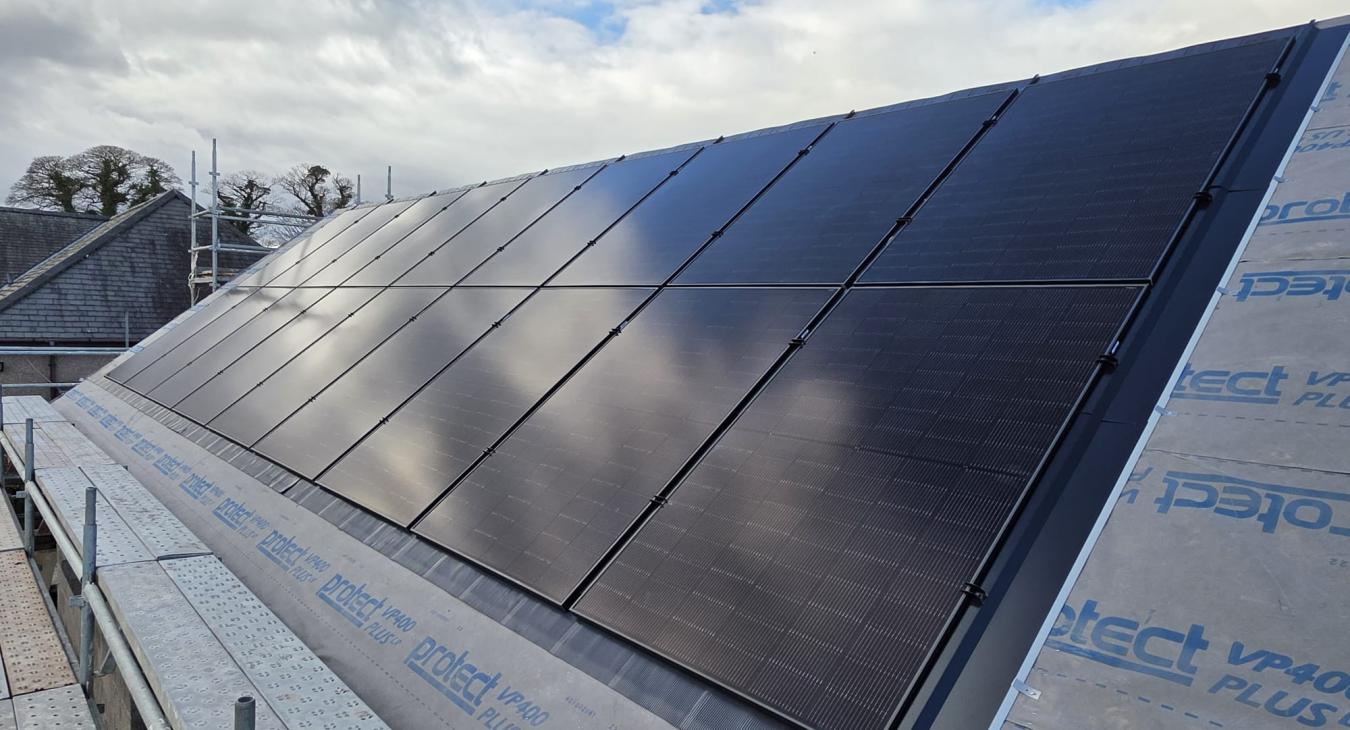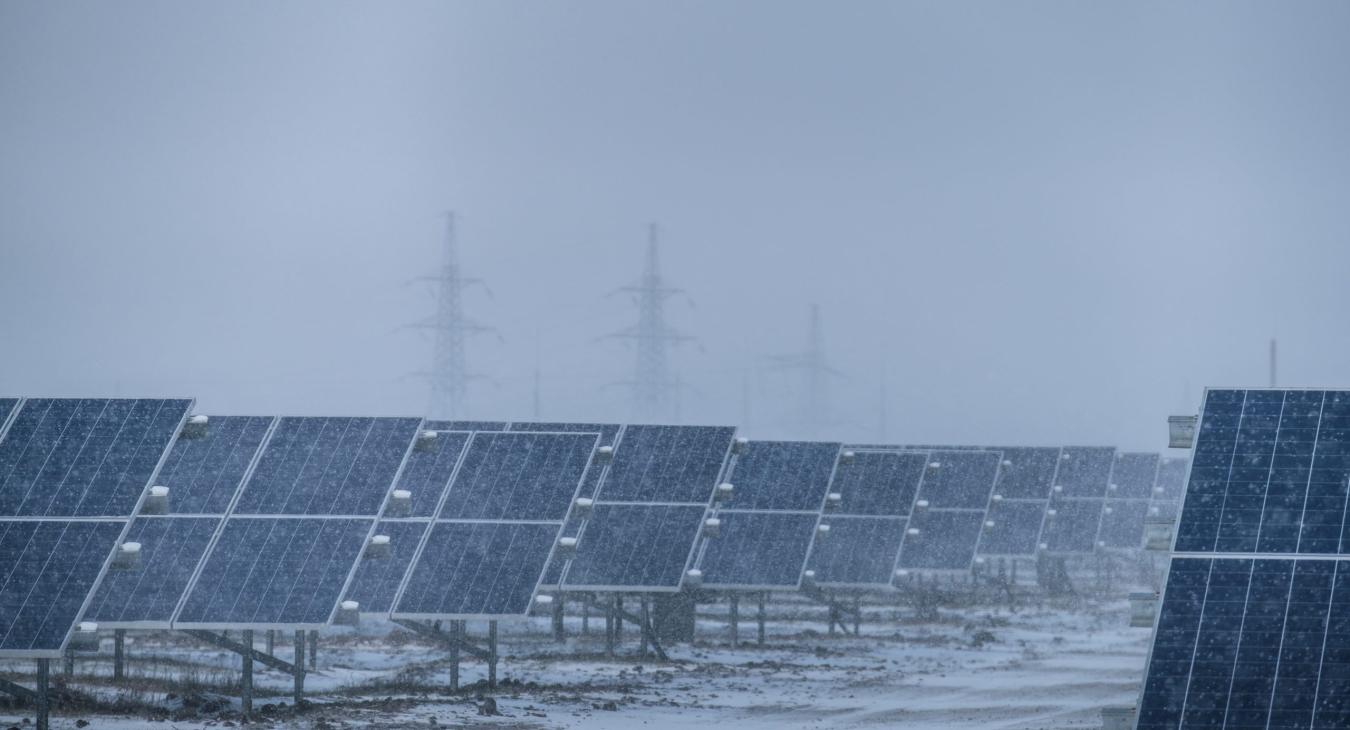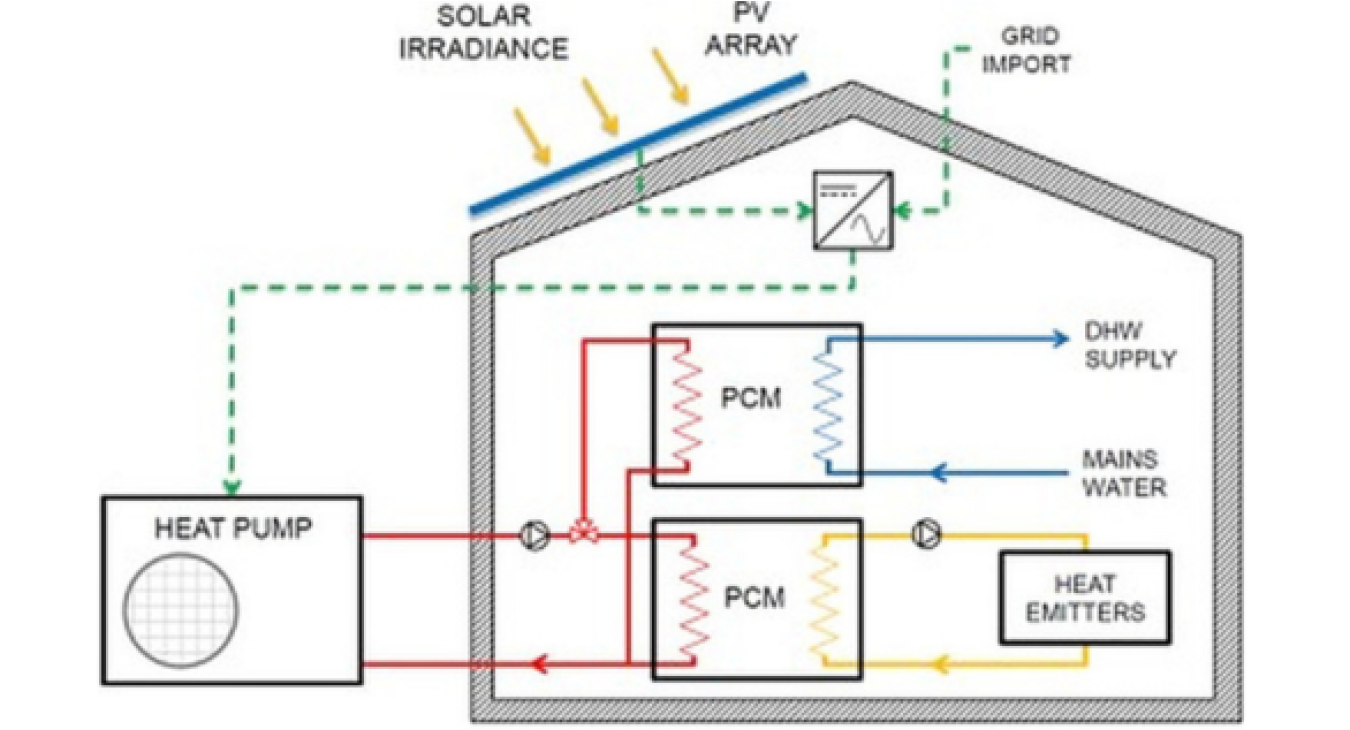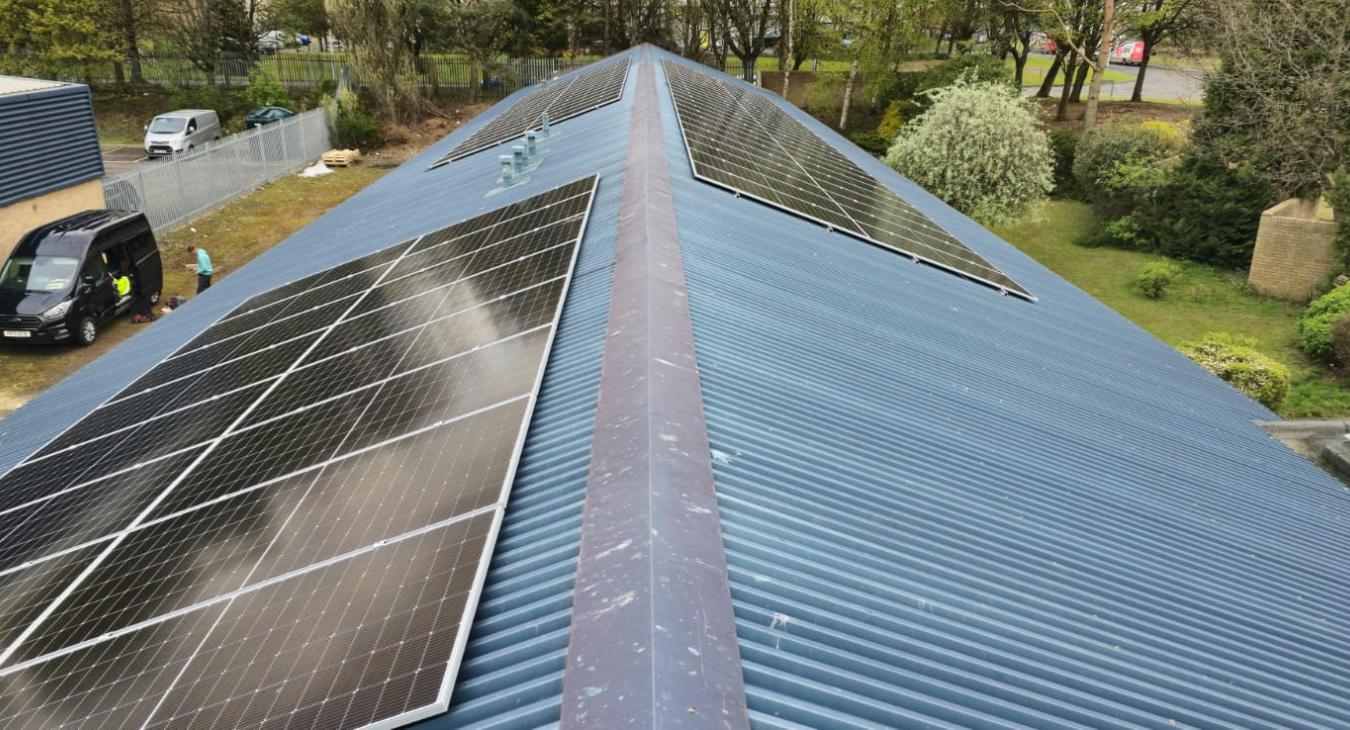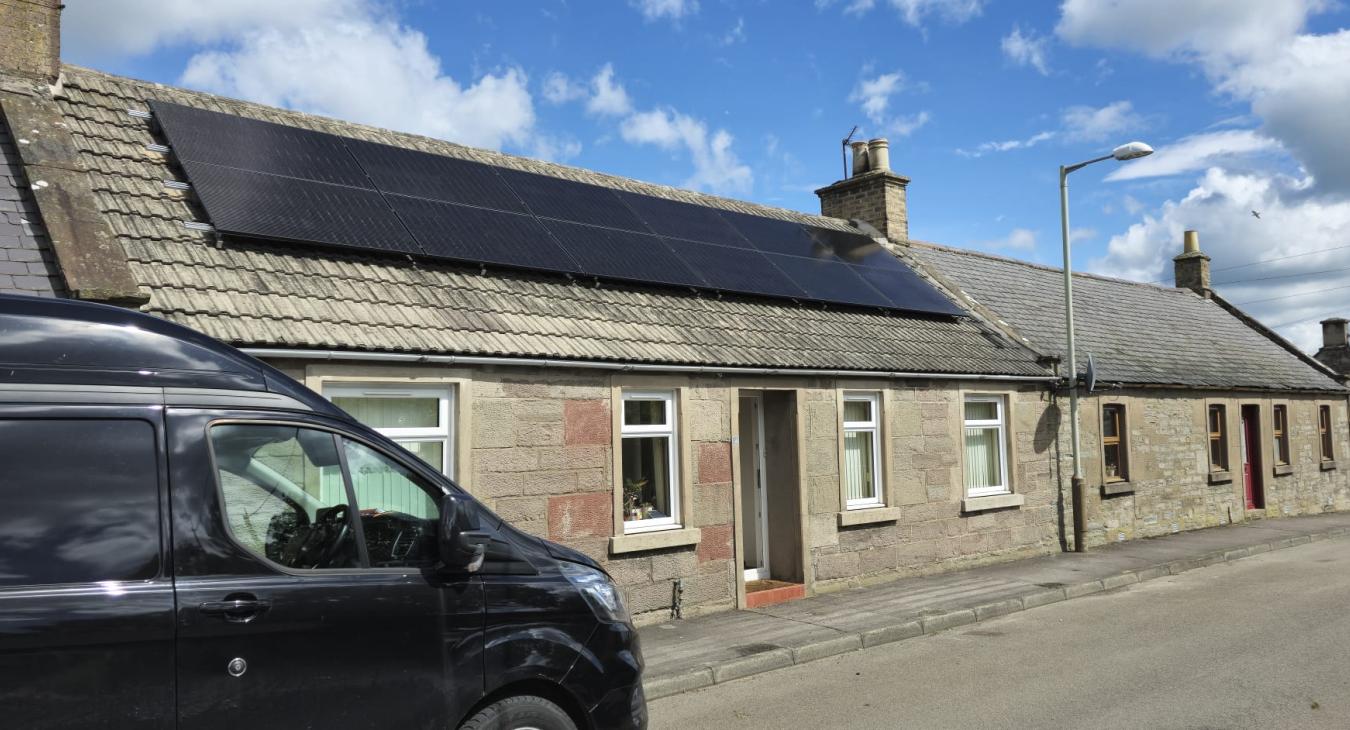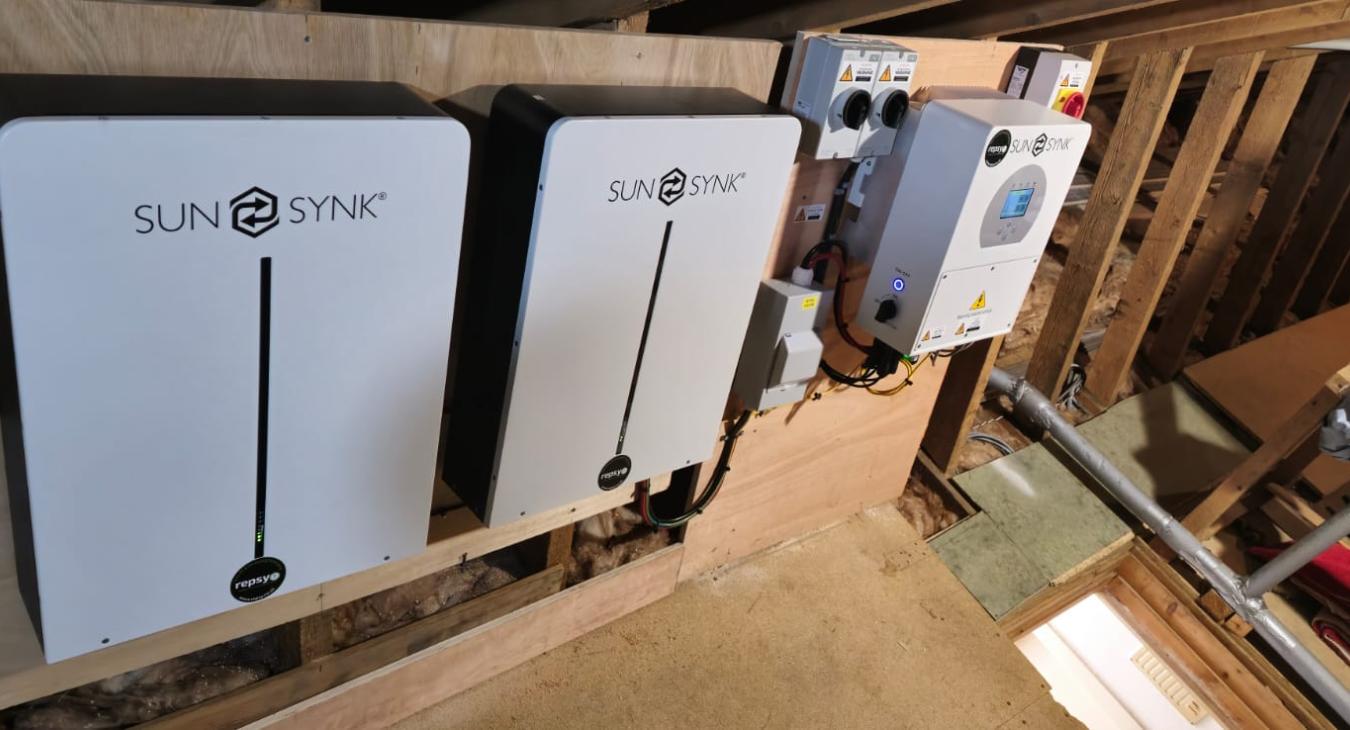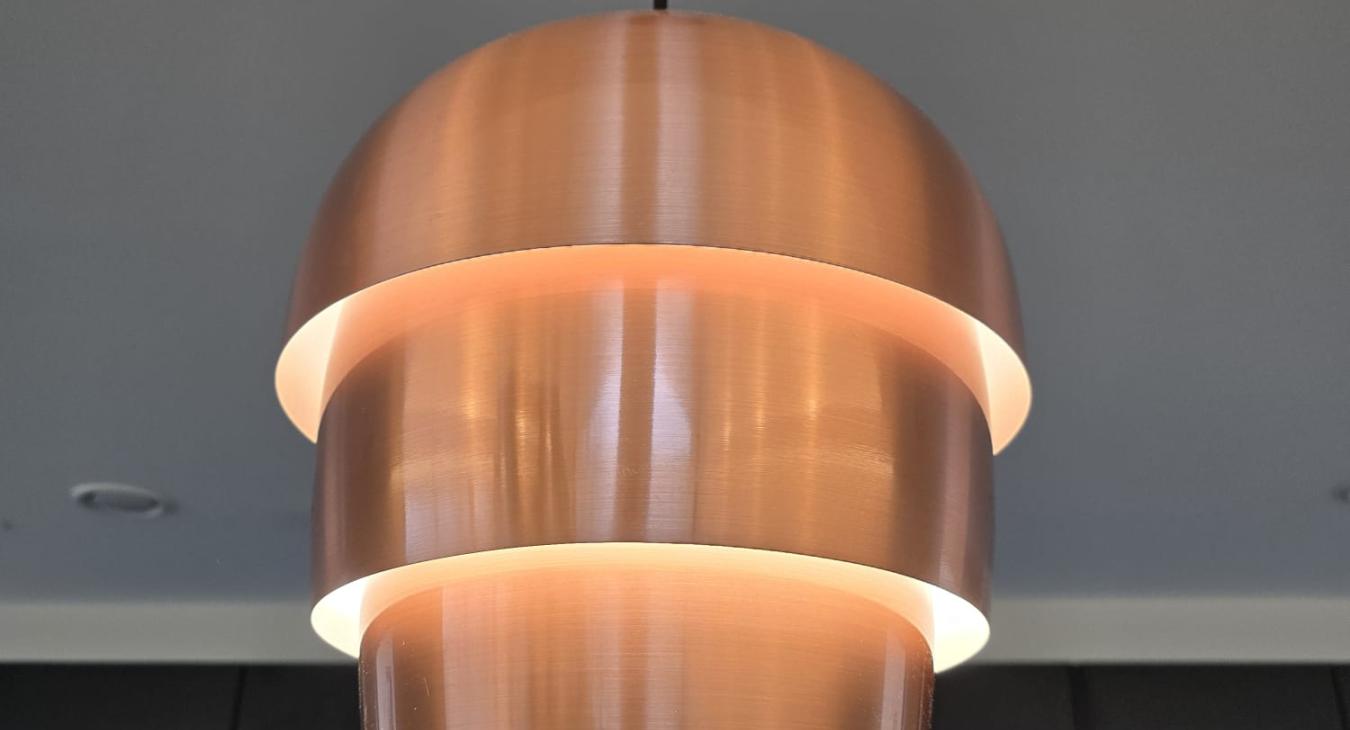First of all, to make sure there is no doubt, I would highly recommend REPSY.
What do the new standards include?
New rules to reduce deaths in household fires have been announced, with improved standards introduced for fire and smoke alarms in Scottish homes.
All domestic properties to have smoke, heat and carbon monoxide alarms.
The improved standards will mean every home in the country must have a smoke alarm fitted in the living room or lounge, and in circulation spaces such as hallways and landings.
The changes also mean every kitchen must have a heat alarm, and the alarms will have to be interlinked so they can be heard throughout the property.
There must also be a carbon monoxide alarm where there are fixed combustion appliances.
Landlords & Homeowners
The new rules mean the standard which currently applies to private rented property and new-builds is being extended to all homes in Scotland.
The regulations come after a consultation carried out following the tragic events at Grenfell Tower in London in June 2017.
Scottish Government Representative
Speaking following a meeting with a group of residents in Aberdeen, Housing Minister Kevin Stewart MSP said:
“We are committed to achieving improved fire safety in homes across Scotland and we are clear that one death from residential fires is one too many".
Scottish Fire & Rescue
“These new regulations ensure that everyone will benefit from the same high level of protection – whether they own their home or rent from a social or private landlord.”
“Although the standards come into force in February 2021 we hope most people will recognize the additional safety benefits and take action sooner.”
Assistant Chief Officer David McGown, Scottish Fire and Rescue Service, said:
“The presence of working smoke and heat detectors has been proven to significantly reduce casualties and fatalities occurring as a result of fires within the home.
“Scottish Fire and Rescue Service therefore welcomes any change that improves safety in the home for all residents, regardless of tenure.”
Background:
Find out more information on the new standard, including the types of alarms required. In relation to the carbon monoxide alarms, fixed appliances include boilers, fires (including open fires), heaters and stoves designed and installed to operate on a carbon based fuel (i.e. oil, solid fuel or gas).
Who’s Responsibility?
It will be responsibility of the home owner or landlord to ensure the new fire and smoke alarm standards are met.
Costs?
Estimated costs are the region of £200, however this will vary according to what is already in place and the type of alarms used.
Further Measures
Further measures to improve fire safety announced by the Ministerial Working Group on Building and Fire Safety on 6 December, include sound alerts for evacuation in high rise buildings and extending the mandatory installation of sprinklers in new flats.

